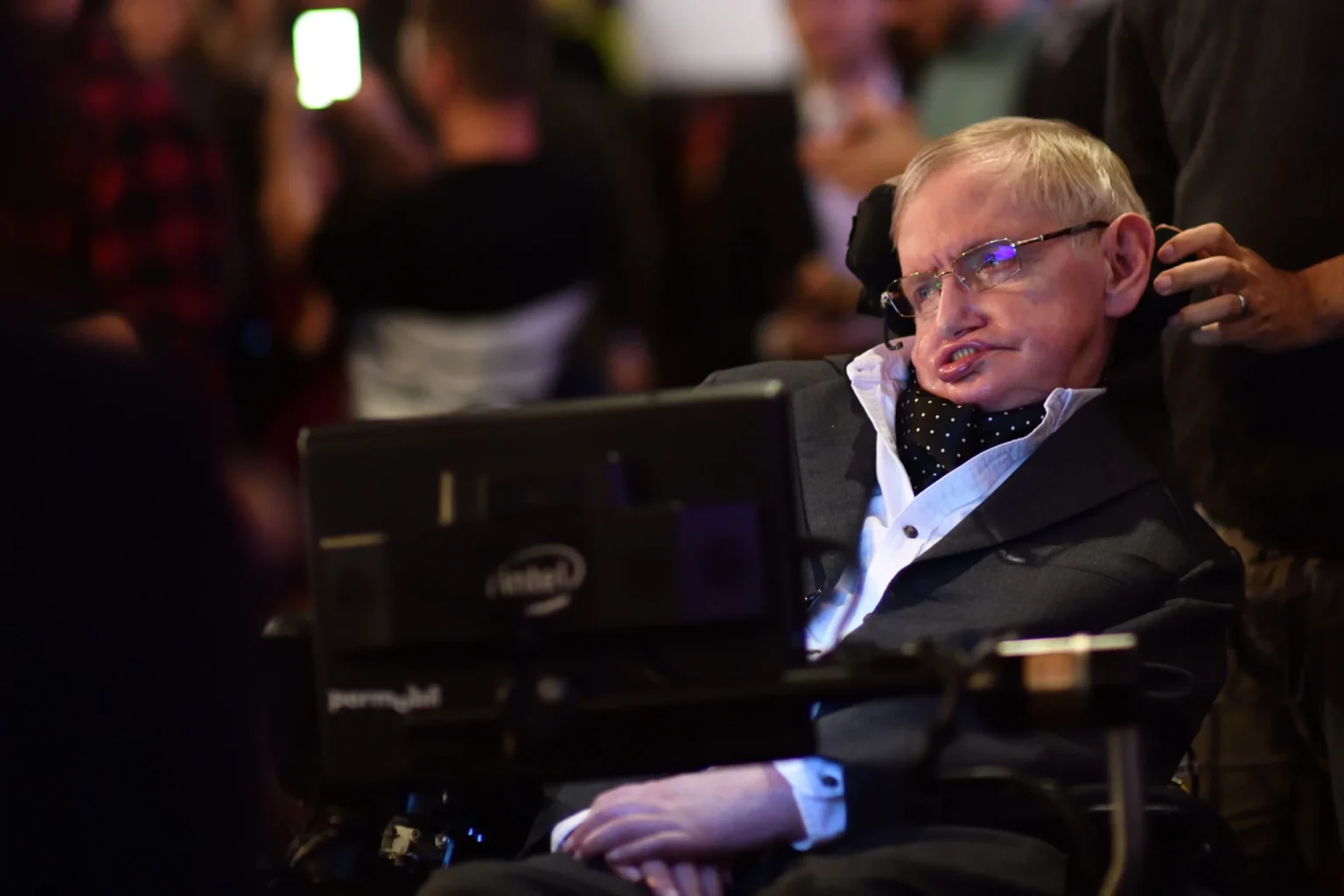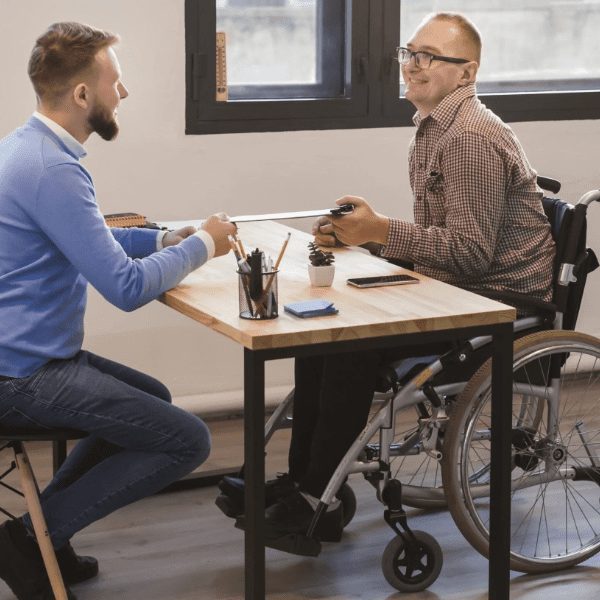What is ALS (Amyotrophic Lateral Sclerosis)?

ALS, formally known as amyotrophic lateral sclerosis, is a rare neurological disease involving the nerve cells responsible for controlling voluntary muscle movement, such as chewing, walking, breathing and talking. ALS is progressive, where the condition becomes more severe over time. ALS is also known as Lou Gehrig’s disease.
ALS symptoms
- Muscle weakness: Gradual weakening of muscles is one of the primary symptoms of ALS. It typically begins in the limbs, such as the hands or legs, and can spread to other parts of the body over time.
- Muscle twitching: Also known as fasciculations, involuntary muscle twitches or spasms may occur in various parts of the body, including the arms, legs, or tongue.
- Muscle cramps: Frequent muscle cramps or tightness may be experienced by individuals with ALS, causing discomfort or pain.
- Difficulty speaking: ALS can affect the muscles involved in speech production, resulting in slurred or unclear speech.
- Difficulty swallowing: As the disease progresses, swallowing difficulties, also known as dysphagia, can arise. This can lead to problems with eating and drinking.
- Fatigue: Many people with ALS experience extreme tiredness and a noticeable decline in energy levels.
- Unintentional weight loss: ALS can cause unintended weight loss due to difficulties with eating and swallowing.
- Balance and coordination problems: Individuals with ALS may have trouble maintaining balance, stumbling or tripping more frequently.
- Respiratory issues: As ALS affects the muscles involved in breathing, respiratory symptoms like shortness of breath, shallow breathing, or difficulty breathing may occur.
- Trouble with fine motor skills: Tasks requiring precise movements, such as buttoning a shirt or writing, can become increasingly challenging for individuals with ALS.
- Cognitive and behavioural changes: Some individuals with ALS may experience changes in thinking, memory, or emotional stability. However, it’s important to note that these cognitive and behavioural changes are less common in ALS compared to other neurodegenerative conditions like dementia.
Please remember that this list is not exhaustive, and ALS symptoms can vary from person to person. It’s crucial to consult a medical professional for an accurate diagnosis and individualized information.
What causes ALS?
The exact cause of ALS is not fully understood, but it is believed to involve a combination of genetic and environmental factors. Genetic mutations, exposure to toxins, excitotoxicity, and oxidative stress are among the factors that may contribute to the development of ALS. However, more research is needed to establish definitive links.

Who gets ALS?
ALS can affect individuals of any age, race, or ethnicity, although it is more commonly diagnosed in people aged 40-70. Men are slightly more prone to developing ALS. While most cases occur sporadically, around 5-10% are inherited. Certain genetic mutations and a family history of ALS can increase the risk. ALS is relatively rare compared to other neurological disorders and does not show specific preferences based on gender or ethnicity.
How is ALS treated?
Presently, there is no cure for ALS. However, treatments available can help control symptoms, prevent unnecessary complications, and make living with the disease more manageable.
They include:
- Medication
- Physical therapy
- Speech therapy
- Nutritional support
- Breathing support
Prognosis for ALS
Most with ALS have a lifespan of 3 to 5 years from when the symptoms first appear. However, about 10% of people with ALS survive for ten or more years.
ALS Research
The mission of the National Institute of Neurological Disorders and Stroke (NINDS) is to seek fundamental knowledge about ALS. The goals of NINDS research on ALS are to understand the mechanisms involved in the development and progression of the disease, investigate the influence of genetics and other potential risk factors, identify biomarkers, and develop new and more effective treatments.
ALS areas of research:
- Cellular defects
- Stem cells
- Familial versus sporadic ALS
- Biomarkers
- Exploration of new treatment options
ICON Rehab Powerchair
Quantum Q6 Edge 2 Powerchair
Mobility for those with ALS
Power wheelchairs are essential mobility solutions for individuals with ALS, offering electric-powered movement and increased independence. These wheelchairs feature customizable seating options for comfort and proper positioning.
With their maneuverability and adaptability, power wheelchairs enable individuals to navigate various environments. They can also integrate with assistive technologies, enhancing communication and control. As ALS progresses, power wheelchairs can be modified to meet changing needs, providing continued mobility and improving the individual’s overall quality of life.
Related Reading: ALS – Mobility and Assistive Technology Needs
Mobility and assistive technology needs
People with ALS often require power mobility assistance quickly due to the disease’s rapid progression. Here are some considerations for the different stages of ALS:
Early stage:
- A power chair with high-back support and a joystick can assist with positioning and mobility activities.
- Use a joystick if the individual has adequate hand movement for direct control of the power base.
- Providing a hand controller with switch jacks is often advised for added control.
Mid-stage:
- As the disease progresses, limited joystick operation time may be experienced.
- More advanced electronics like mini-proportional joysticks, head arrays, or chin controls may be necessary for powerchair operation.
- Postural support components and power positioning functions can aid in pressure relief, postural realignment, and function.
- Consider power tilt and recline systems, adjustable seat height, articulating leg rests, or foot platforms for enhanced comfort and functionality.
- Ensure the power base can accommodate future needs such as oxygen use or ventilator integration.
- Optional LED fender lights on models like the Q6 Edge 2 can improve visibility for clients.
By considering these factors and adapting power mobility solutions accordingly, individuals with ALS can maintain optimal mobility, comfort, and independence throughout the progression of the disease.
Solutions
Based on the mobility needs of an individual with ALS, they may benefit from a power base with the ability to accept full seating and positioning options, various drive controls, and power positioning. They can accommodate a vent tray and oxygen holder. The Edge 3 and Q6 Edge 2 fit these criteria and are options for a person in the beginning stages of ALS.
Share the Post:








